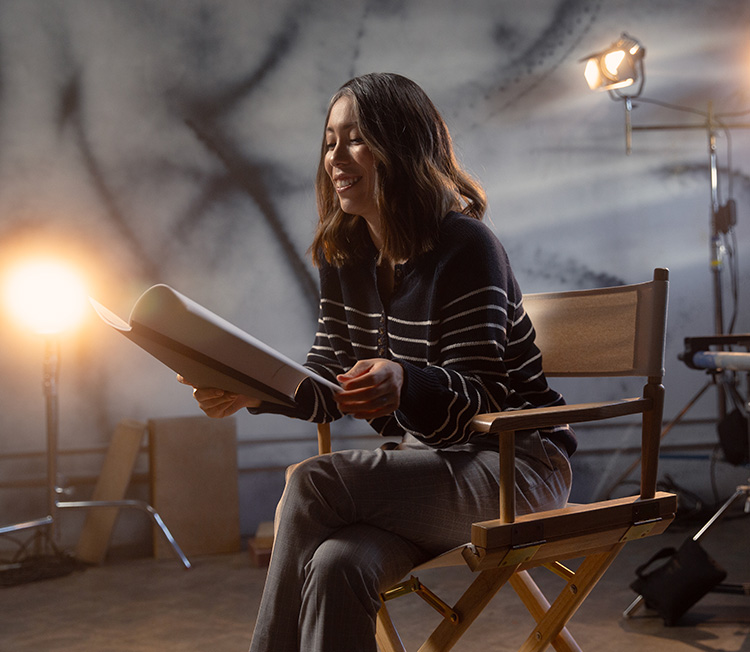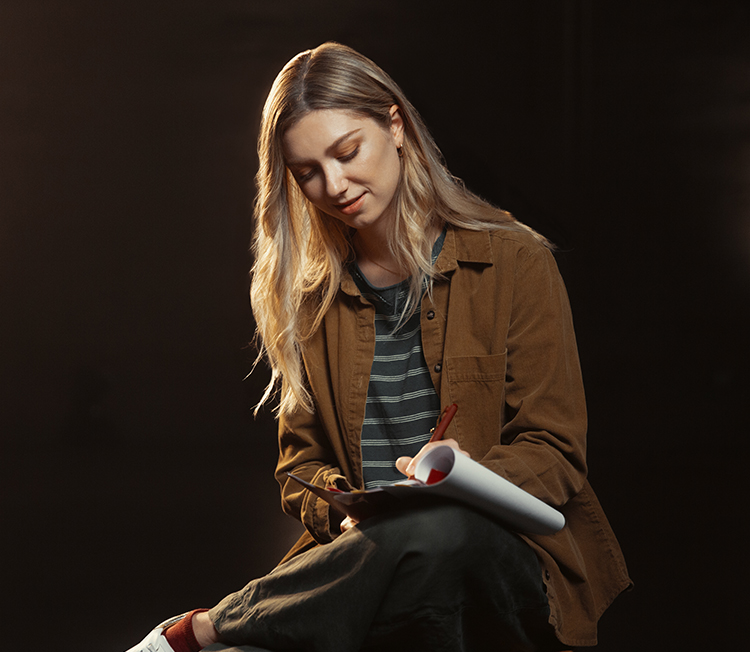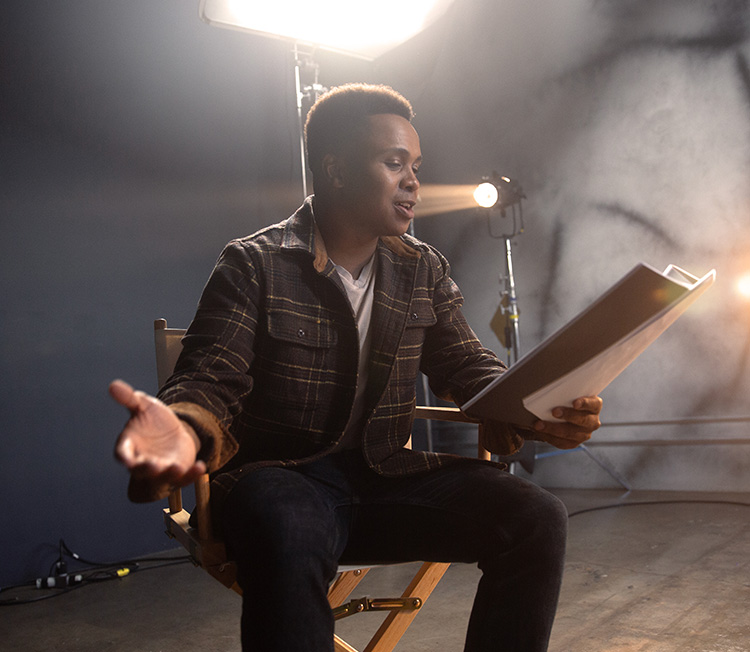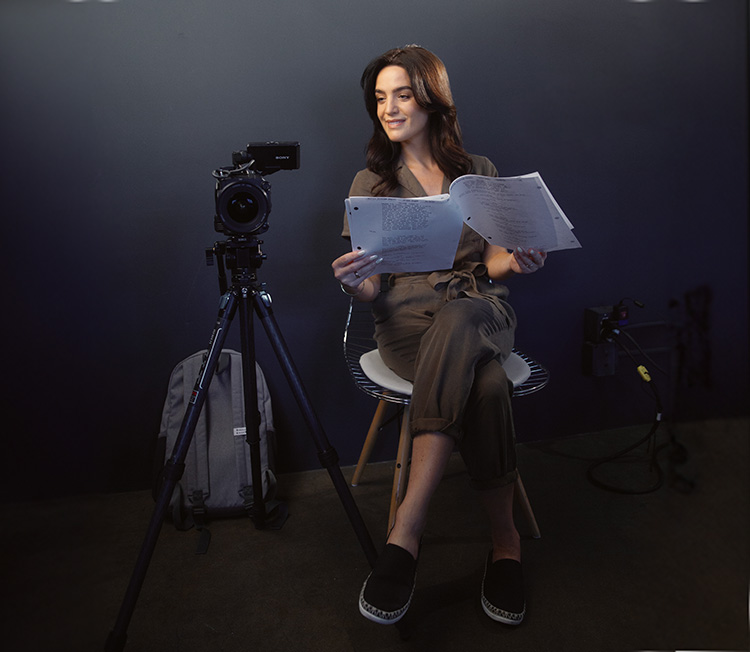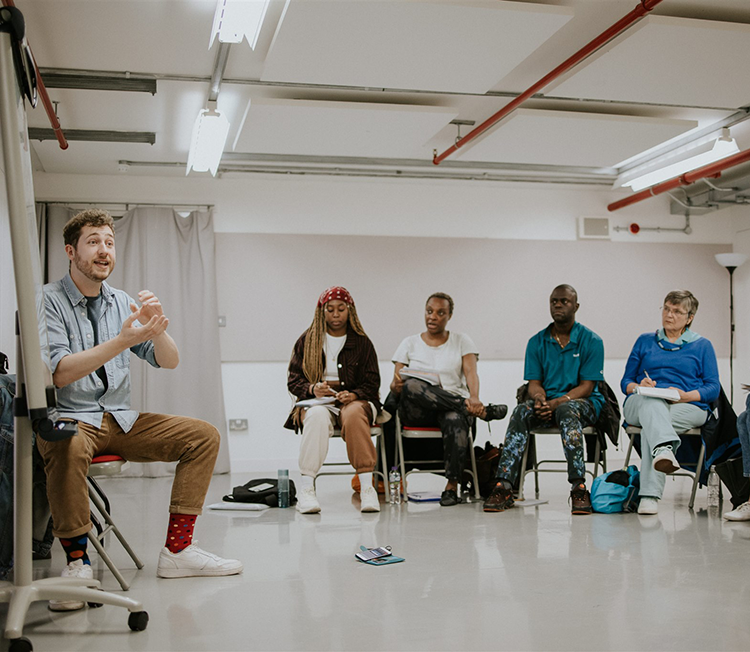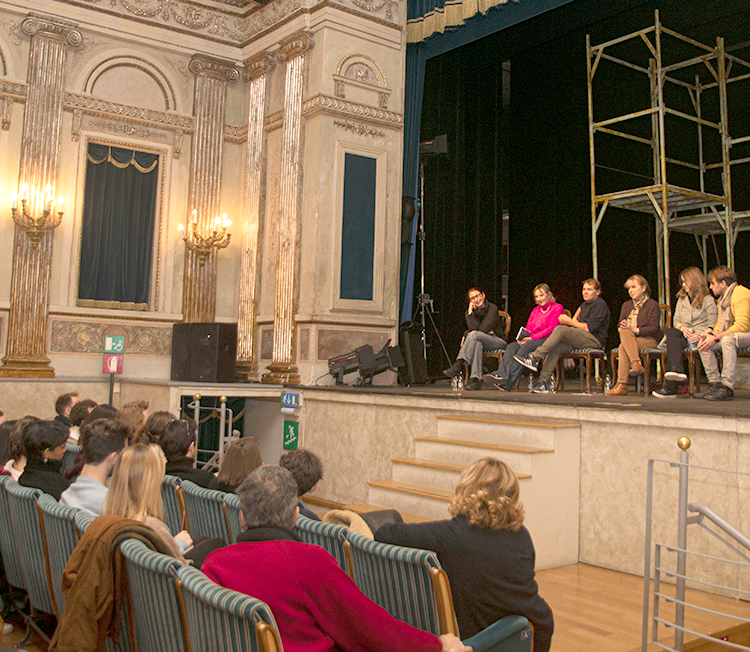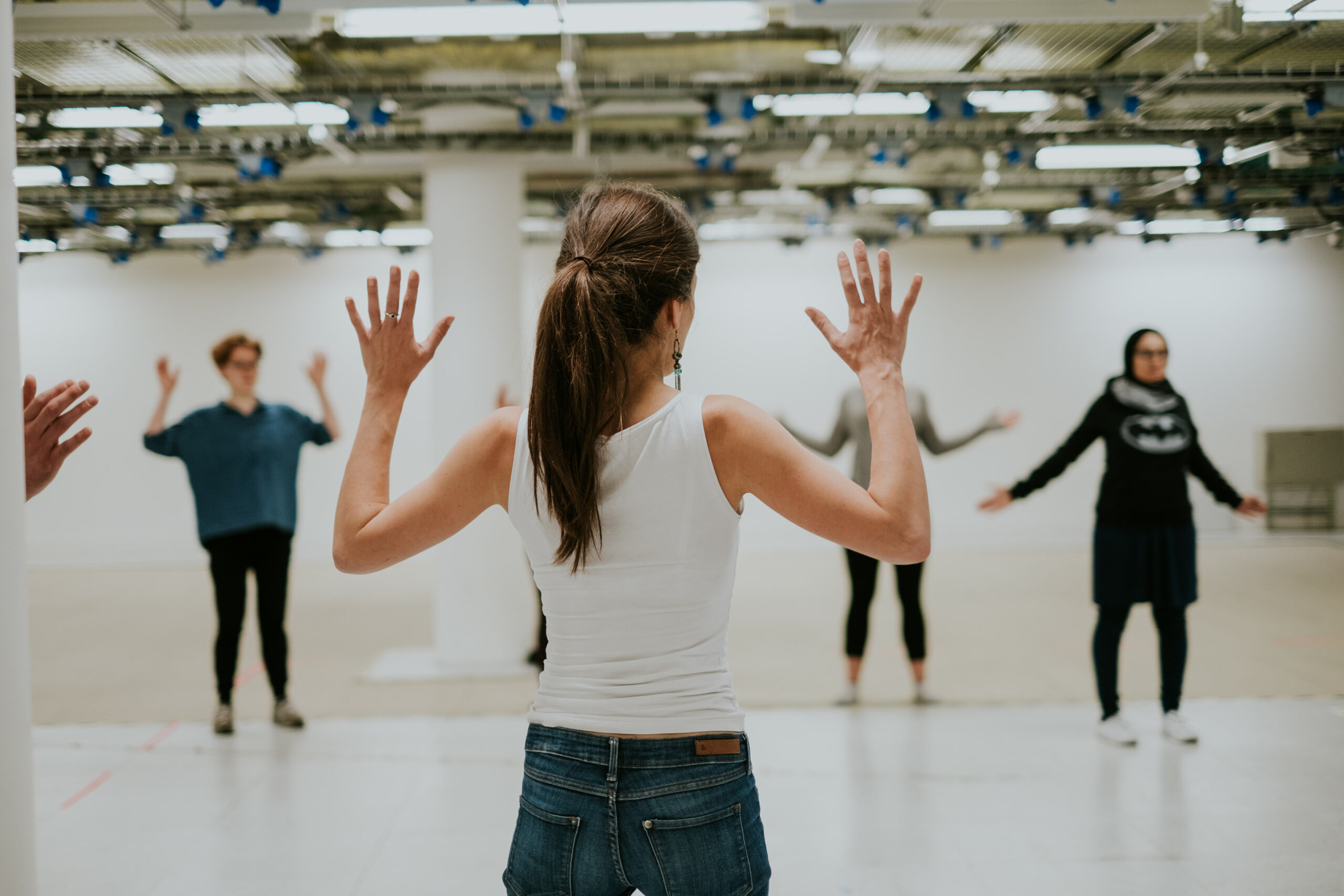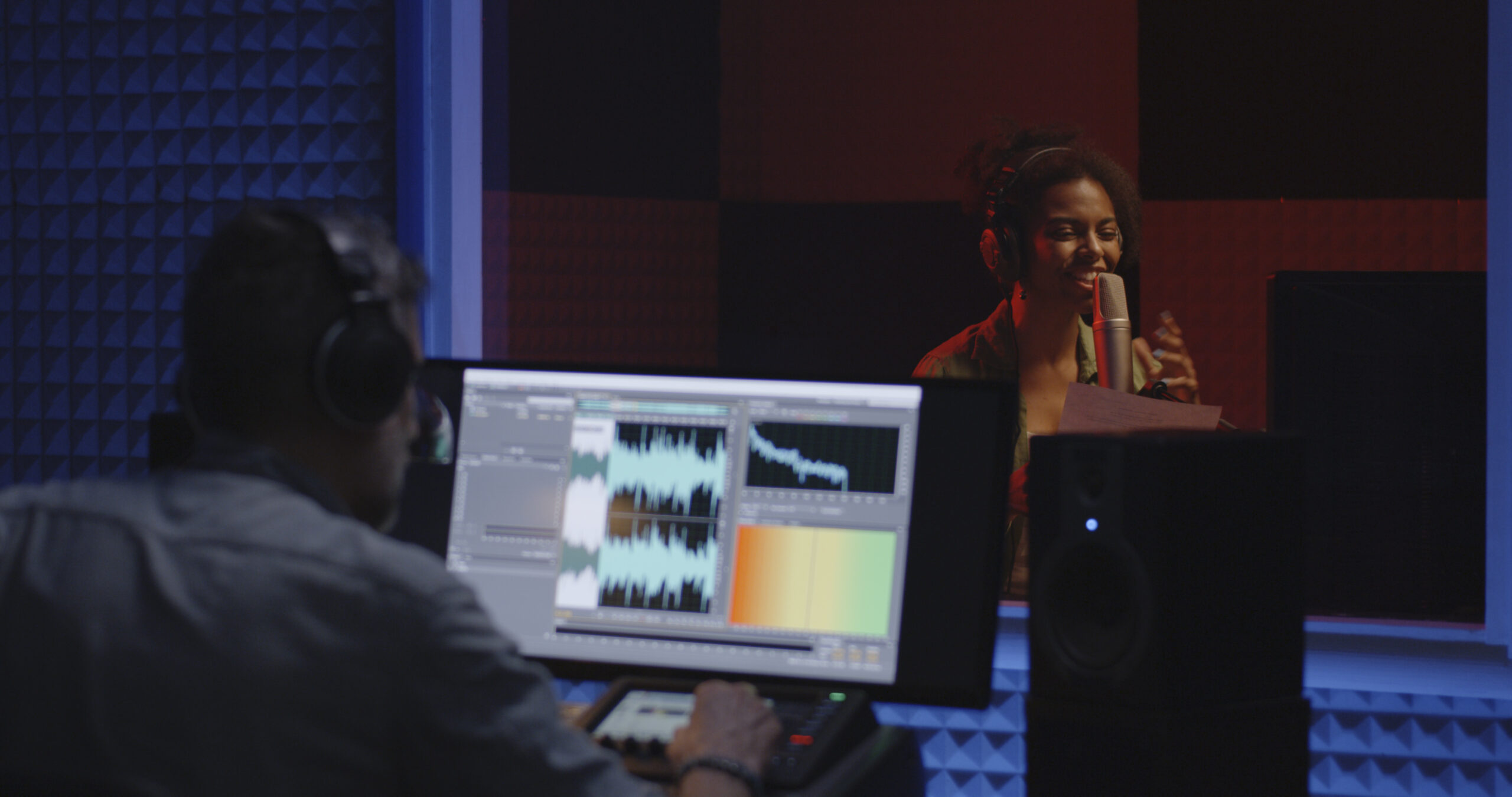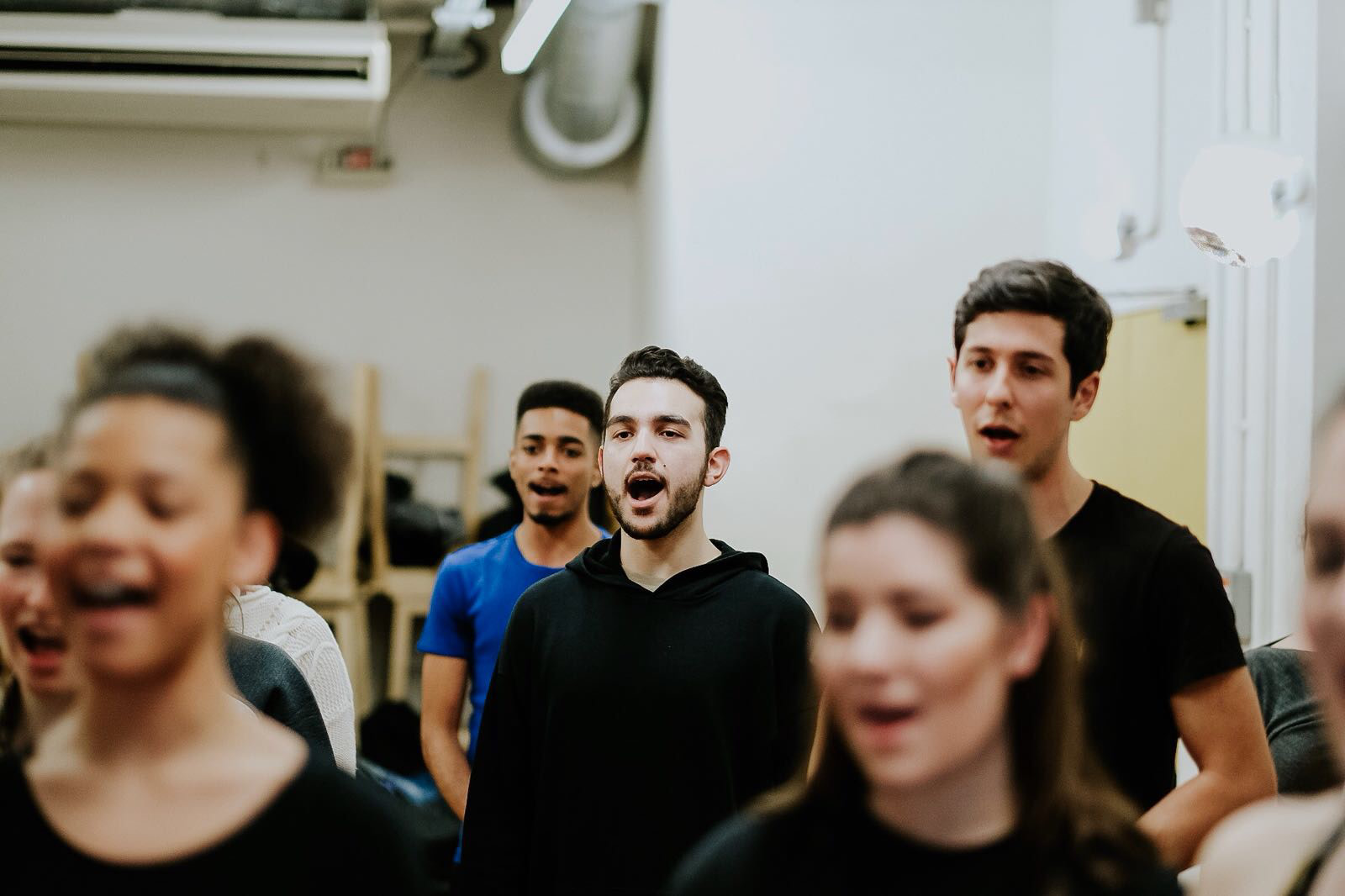An introduction to the potential benefits of Laban Movement Analysis for actors
We are all a body in a space moving with effort from shape to shape.
At our recent Open House, Sarah Perry hosted a session on character analysis, using Laban. Laban Movement Analysis is a theoretical framework using movement, specifically observing how the quality and quantity of movements feed into the way we understand physical conditions, environments, cultural issues, and communication between bodies. This can be really useful for an actor’s character development. Laban can help bring subconscious awareness to the forefront, gives us a vocabulary to define kinds of movement, to stimulate the imagination, help find natural affinities or lack of affinity (a ‘baseline’) within ourselves versus that of a character, and more. Key principles include:
Body
This means thinking about the body of your character, versus your own body. What is their posture, alignment, strength or stamina like? “Tensions affect how the body organises itself,” Sarah says. She encourages incorporating a movement practice that works for you into your routine – whether this is yoga, Laban, Alexander Technique, or many others. They are all a great way to get started in becoming aware of your body!
Effort
This is about understanding how we move. By understanding our habits and mannerisms, the limits of our own bodies are better understood. If you’re feeling physically ‘stuck’ or ‘predictable’, taking note of the cliched ways in which we physically respond to stimulus is helpful for becoming unstuck!
Space
Where are we moving? Space is about where we move – taking into account the world around us. Picturing the architecture, objects, people, or even the universe covers what is meant by ‘space’ in Laban. By remaining conscious of these factors, a single actor is able to convey a lot simply through movement – including the texture and light quality of a space they are in.
Shape
The ways our body can move – the shapes we create, and the way they flow together. Laban considered five different types of shape the body could form (pin, ball, wall, screw and pyramid). This is all about thinking further on how our body expresses our feelings.
In her workshop, Sarah encouraged experimenting with moving freely at different levels (low, medium or high) as well as with different effort drives – strong versus lightweight (the ‘weight’ effort factor), direct versus indirect (the ‘space’ effort factor), sustained versus quick (‘time’ effort factor) and bound versus free (‘flow’ effort factor). By switching between these continuously, bodies are freed up and the movements each individual had a natural affinity for became clear.
When it came to using this for a text, Sarah encouraged looping the words with free movement: saying the words over and over, while experimenting with the different levels and weights.
By continuing through to a kind of exhaustion, and leading with the breath, the natural reactions of the actor are able to surface. “We are all a body in a space moving with effort from shape to shape,” Sarah says, paraphrasing Laban. By finding your own baseline versus a character’s baseline, Laban broadens the ability to be creative or imaginative in finding a character.
For more information see this glossary. Check out the rest of the great information from our recent Open House in London.
Thank you to Sarah Perry, Movement Director, for this workshop. Sarah’s initiative Shapes in Motion helps promote wellbeing for actors.

